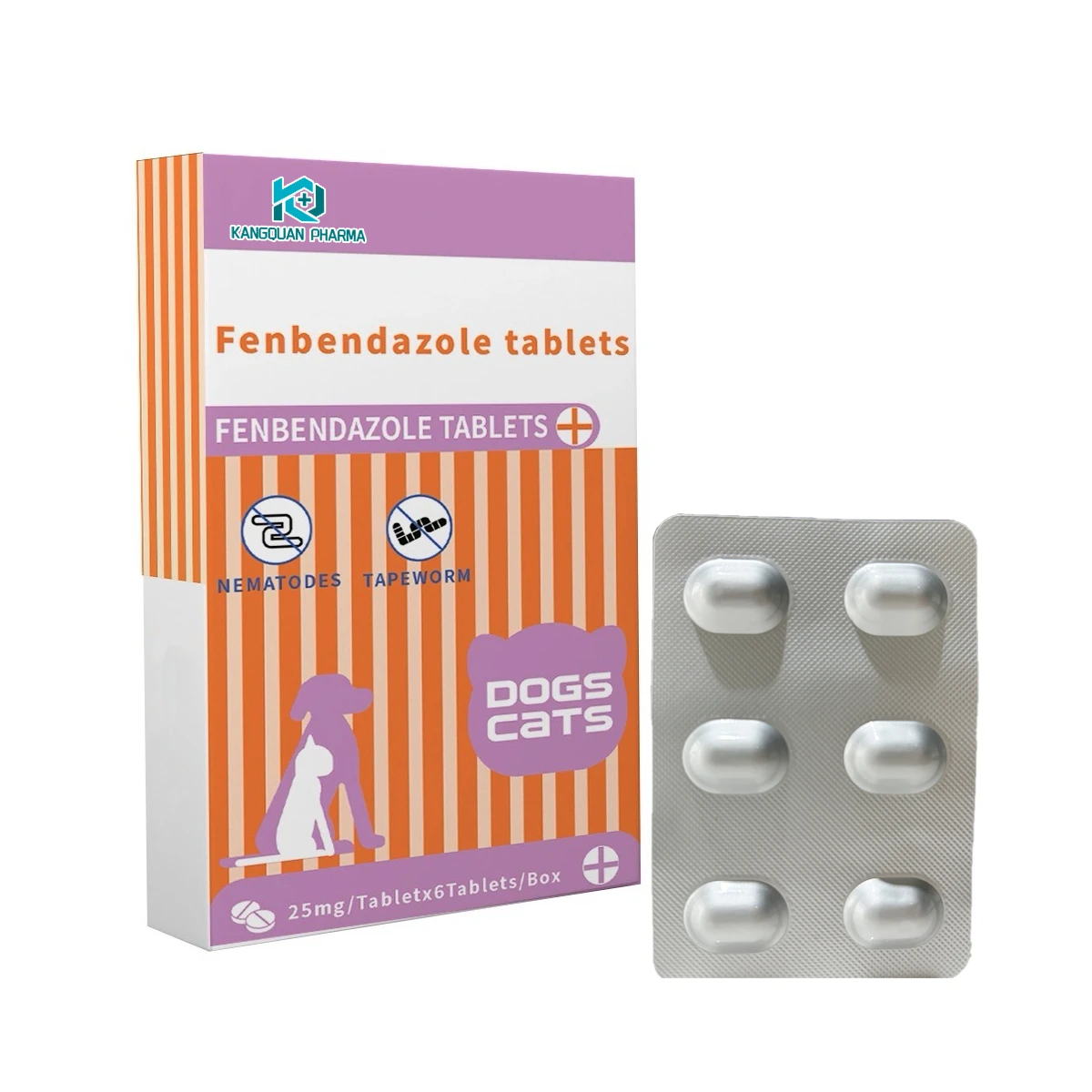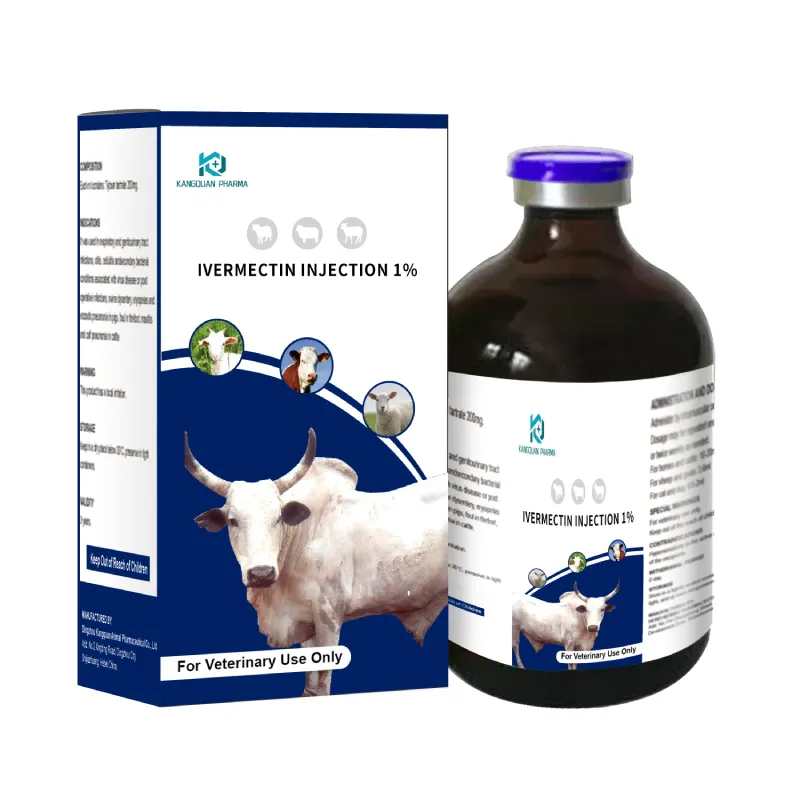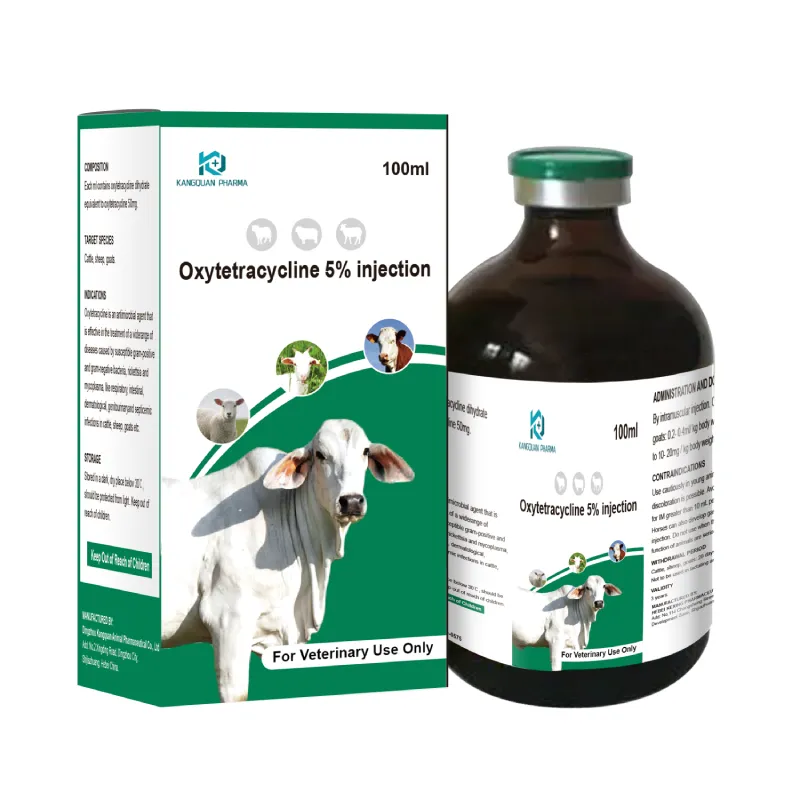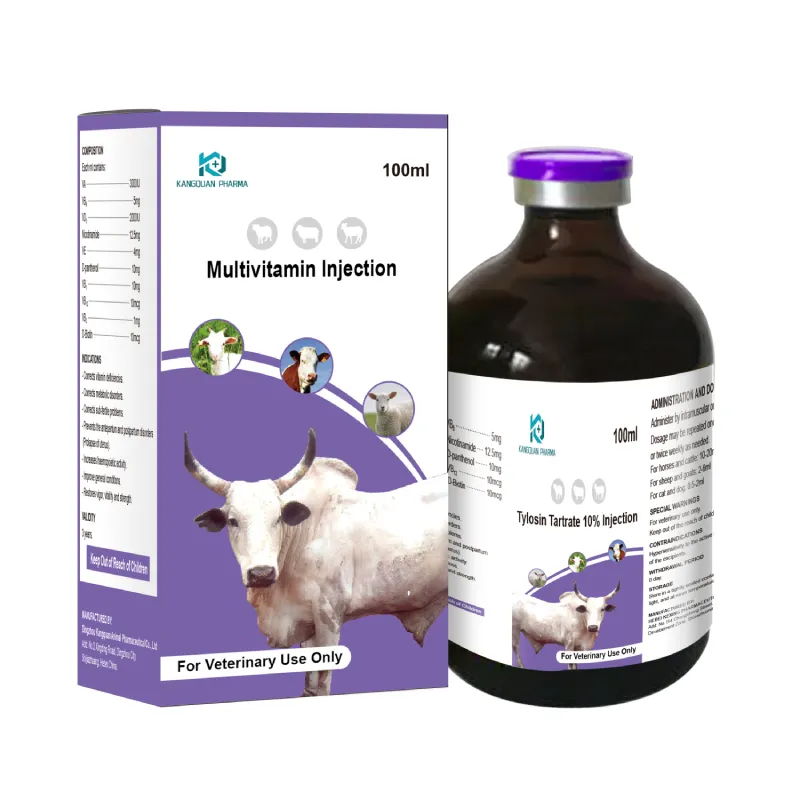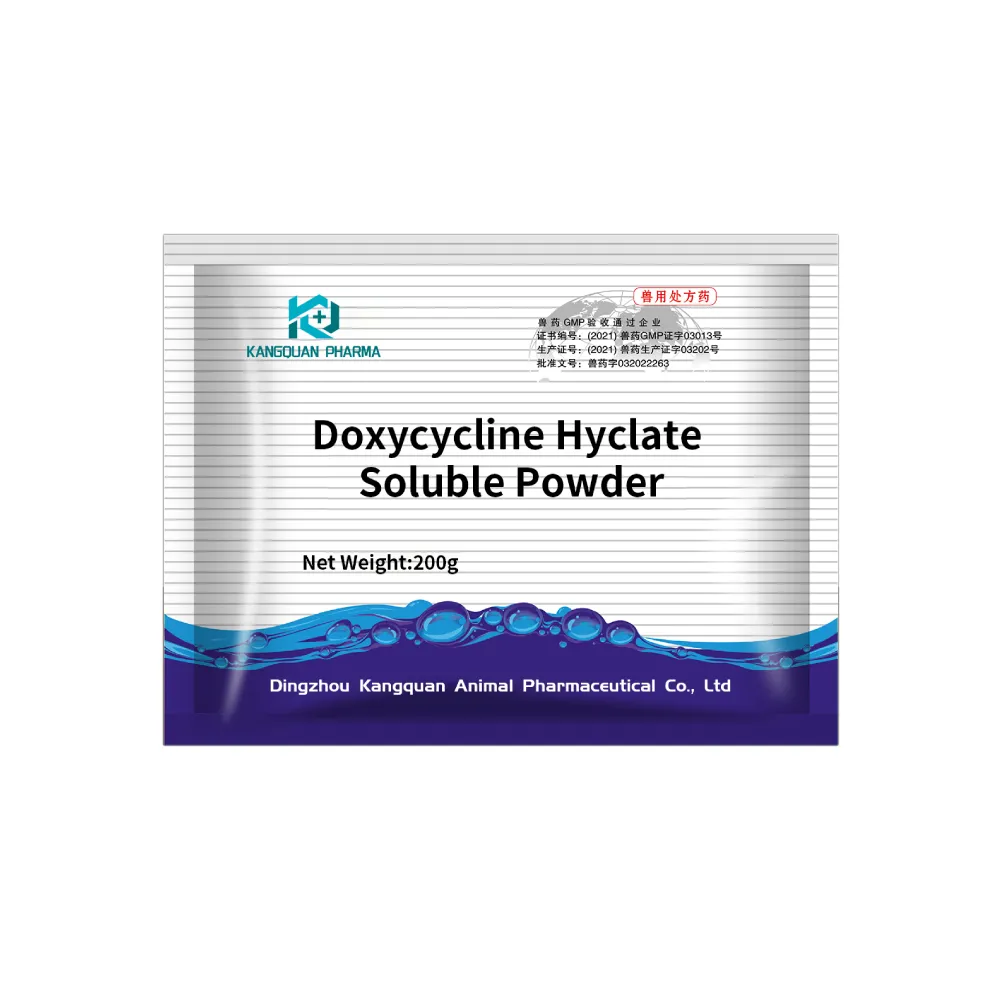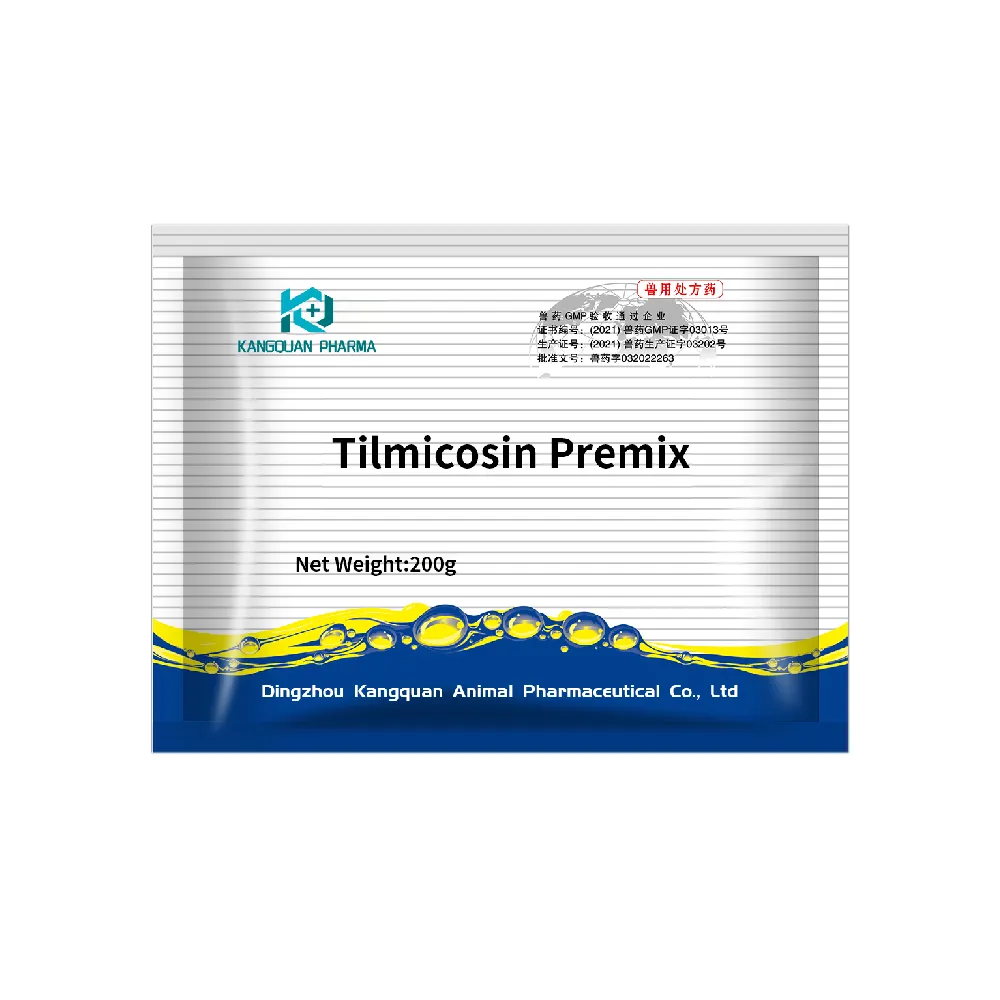- Afrikaans
- Albanian
- Amharic
- Arabic
- Armenian
- Azerbaijani
- Basque
- Belarusian
- Bengali
- Bosnian
- Bulgarian
- Catalan
- Cebuano
- Corsican
- Croatian
- Czech
- Danish
- Dutch
- English
- Esperanto
- Estonian
- Finnish
- French
- Frisian
- Galician
- Georgian
- German
- Greek
- Gujarati
- Haitian Creole
- hausa
- hawaiian
- Hebrew
- Hindi
- Miao
- Hungarian
- Icelandic
- igbo
- Indonesian
- irish
- Italian
- Japanese
- Javanese
- Kannada
- kazakh
- Khmer
- Rwandese
- Korean
- Kurdish
- Kyrgyz
- Lao
- Latin
- Latvian
- Lithuanian
- Luxembourgish
- Macedonian
- Malgashi
- Malay
- Malayalam
- Maltese
- Maori
- Marathi
- Mongolian
- Myanmar
- Nepali
- Norwegian
- Norwegian
- Occitan
- Pashto
- Persian
- Polish
- Portuguese
- Punjabi
- Romanian
- Russian
- Samoan
- Scottish Gaelic
- Serbian
- Sesotho
- Shona
- Sindhi
- Sinhala
- Slovak
- Slovenian
- Somali
- Spanish
- Sundanese
- Swahili
- Swedish
- Tagalog
- Tajik
- Tamil
- Tatar
- Telugu
- Thai
- Turkish
- Turkmen
- Ukrainian
- Urdu
- Uighur
- Uzbek
- Vietnamese
- Welsh
- Bantu
- Yiddish
- Yoruba
- Zulu
Nov . 06, 2024 13:54 Back to list
Tilmicosin Medicated Premix for Livestock Health Management and Disease Prevention
Tilmicosin 20% Premix A Comprehensive Overview
Tilmicosin is a macrolide antibiotic that has gained prominence in veterinary medicine, particularly in the treatment of respiratory diseases in livestock. Its ability to combat infections caused by various bacteria while exhibiting a favorable safety profile has made it a valuable tool for veterinarians and farmers alike. The 20% premix formulation of tilmicosin enables easy incorporation into feed, which simplifies administration and ensures effective treatment of affected animals.
Mechanism of Action
Tilmicosin works by inhibiting bacterial protein synthesis through binding to the 50S ribosomal subunit. This action disrupts the growth and reproduction of susceptible bacteria, allowing the animal's immune system to eliminate the infection. It is particularly effective against common pathogens such as Mycoplasma and Pasteurella species, which are often responsible for respiratory diseases in livestock.
Indications for Use
The primary use of tilmicosin 20% premix is in the treatment and prevention of atypical pneumonia in cattle, pigs, and poultry. Respiratory diseases can lead to significant economic losses for farmers due to decreased growth rates, reduced feed efficiency, and, in severe cases, mortality. By incorporating tilmicosin into the feed, producers can provide a continuous supply of the antibiotic, which helps maintain optimal therapeutic levels in the animals.
Dosage and Administration
Tilmicosin 20% premix is generally mixed with feed to achieve the desired dosage. The specific dosage will depend on the species being treated, the severity of the infection, and the recommendations of a veterinary professional. Farmers must adhere to the mixing instructions to ensure uniform distribution of the medication throughout the feed. Careful calculation of the premix dosage is crucial for maximizing efficacy while minimizing potential side effects.
Safety and Efficacy
tilmicosin 20 premix

One of the advantages of tilmicosin is its safety profile. It has a low toxicity level in most livestock species, making it a preferable choice for treating respiratory diseases. However, care must be taken, especially with poultry, as tilmicosin can be toxic to certain species if overdosed. It is essential for veterinarians and producers to follow established guidelines and dosage recommendations to mitigate any risk of adverse effects.
Research has shown that tilmicosin not only improves clinical signs of respiratory infections but can also enhance feed conversion rates and overall animal health. This dual benefit plays an essential role in boosting productivity on the farm, leading to better economic returns for farmers.
Withdrawal Times and Residue Considerations
As with all antibiotics, it is vital to consider withdrawal times before marketing animals treated with tilmicosin. Withdrawal time refers to the period that must elapse after the last treatment before the animal can be slaughtered for food. Tilmicosin has established withdrawal periods that, if disregarded, could result in antibiotic residues in meat products, which can pose health risks to consumers and lead to economic penalties for producers. Therefore, adherence to these guidelines is crucial for maintaining food safety and compliance with health regulations.
Potential for Resistance
The use of antibiotics in agriculture has raised concerns regarding antimicrobial resistance. The widespread use of tilmicosin and similar agents can contribute to the development of resistant bacterial strains, making it imperative to use these drugs judiciously. Veterinarians and farmers are encouraged to implement good management practices, including vaccination, biosecurity measures, and the use of alternative treatments when possible, to reduce the reliance on antibiotics.
Conclusion
Tilmicosin 20% premix serves as an effective and practical solution for managing respiratory diseases in livestock. Its robust mechanism of action, safety, and efficacy make it a preferred choice among veterinarians. However, responsible usage is essential to ensure the long-term effectiveness of tilmicosin and to mitigate the development of antibiotic resistance. As the agricultural industry continues to evolve, the integration of proper antibiotic stewardship with advancements in livestock management will play a pivotal role in enhancing animal health and productivity while safeguarding public health. Together, through responsible practices and innovative veterinary medicine, the agricultural sector can continue to thrive sustainably.
-
Guide to Oxytetracycline Injection
NewsMar.27,2025
-
Guide to Colistin Sulphate
NewsMar.27,2025
-
Gentamicin Sulfate: Uses, Price, And Key Information
NewsMar.27,2025
-
Enrofloxacin Injection: Uses, Price, And Supplier Information
NewsMar.27,2025
-
Dexamethasone Sodium Phosphate Injection: Uses, Price, And Key Information
NewsMar.27,2025
-
Albendazole Tablet: Uses, Dosage, Cost, And Key Information
NewsMar.27,2025

